Pulsara Around the World - May 2024
April Recap With 15 events under our belt, April was the busiest trade show month for our team...possibly ever! If you didn't get the chance to...
2 min read
 Team Pulsara
:
Jan 25, 2024
Team Pulsara
:
Jan 25, 2024
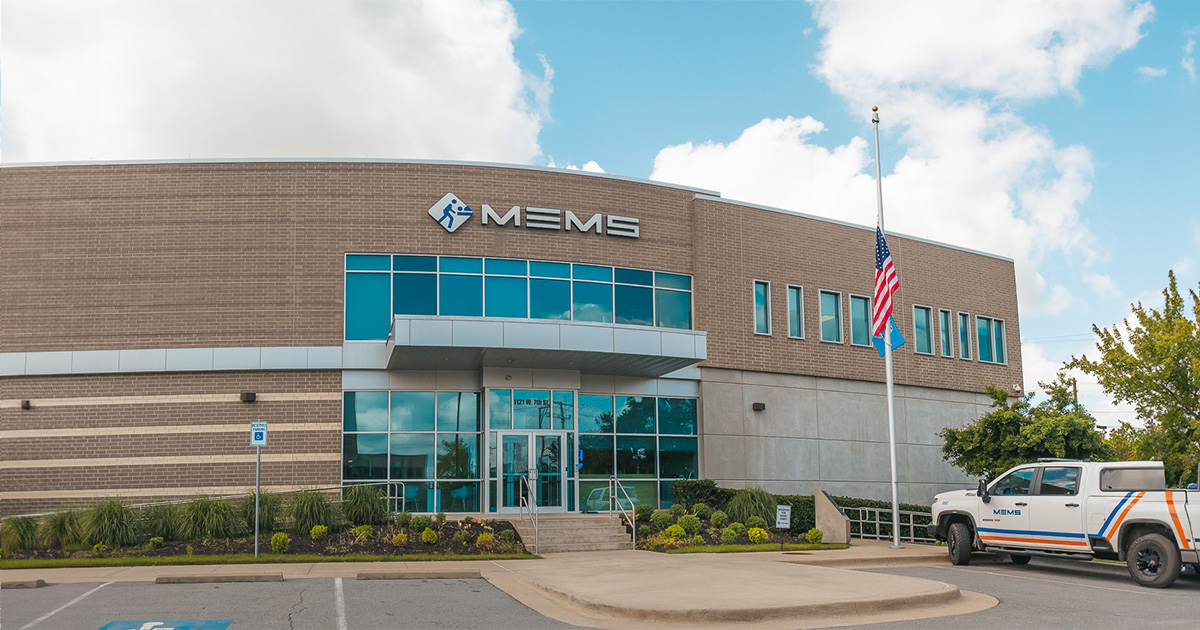
With a new protocol and Pulsara, Metropolitan Emergency Medical Services can now transport eligible pediatric behavioral health patients directly to behavioral health facilities—resulting in a 44% decrease of pediatric behavioral health patients transported to the ED.
Metropolitan Emergency Medical Services (MEMS) is a public, non-profit EMS entity serving Little Rock, Arkansas, and its surrounding counties. The organization’s service area covers approximately 1,800 square miles and nearly half a million Arkansans. MEMS transports around 77,000 patients each year. In 2020, MEMS adopted Pulsara to improve communication with area hospitals for time-sensitive emergencies such as stroke, STEMI, and trauma.
In the wake of the COVID-19 pandemic, MEMS faced a new challenge: a growing number of pediatric behavioral health cases. Between 2022 and 2023, mental health calls accounted for 10% of MEMS’ overall call volume, with a noticeable surge in pediatric mental health cases. MEMS was transporting every behavioral health patient under 18 to Arkansas Children’s Hospital, creating a bottleneck in the emergency department as patients wait to be transferred to a behavioral health facility. Mack Hutchison, Clinical Manager for MEMS, explains: “Many of these patients do not need medical clearance and can occupy a room in the ED for up to 24 hours before a bed is found for them at a behavioral health facility.” Hutchison had an idea: what if those who didn’t need medical clearance could be routed directly to a behavioral health facility, relieving pressure on the ED and getting patients care more quickly?
Download the case study or read on to learn more!
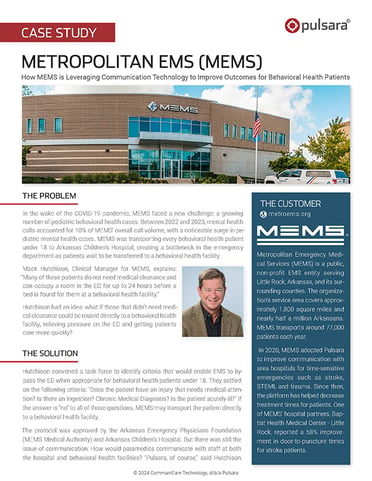 Hutchison convened a task force to identify criteria that would enable EMS to bypass the ED when appropriate for behavioral health patients under 18. The protocol was approved by the Arkansas Emergency Physicians Foundation (MEMS Medical Authority) and Arkansas Children’s Hospital. But there was still the issue of communication: How would paramedics communicate with staff at both the hospital and behavioral health facilities? “Pulsara, of course,” said Hutchison.
Hutchison convened a task force to identify criteria that would enable EMS to bypass the ED when appropriate for behavioral health patients under 18. The protocol was approved by the Arkansas Emergency Physicians Foundation (MEMS Medical Authority) and Arkansas Children’s Hospital. But there was still the issue of communication: How would paramedics communicate with staff at both the hospital and behavioral health facilities? “Pulsara, of course,” said Hutchison.
Following the implementation of both the protocol and Pulsara, MEMS responded to 438 pediatric mental health calls over a period of eight months. Of those, MEMS was able to use the new protocol to transport 196 pediatric patients directly to behavioral health facilities—a 44% reduction in pediatric behavioral health patients transported to the ED.
Download the case study to learn more about how MEMS is now transporting eligible pediatric patients directly to behavioral health facilities—allowing 44% of pediatric behavioral health patients to bypass the ED.
To learn more about how healthcare organizations are using Pulsara to provide cutting-edge care for patients on a state level, check out the recorded webinar Leveraging Technology In Hazard Response: Advancements And Future Trends.
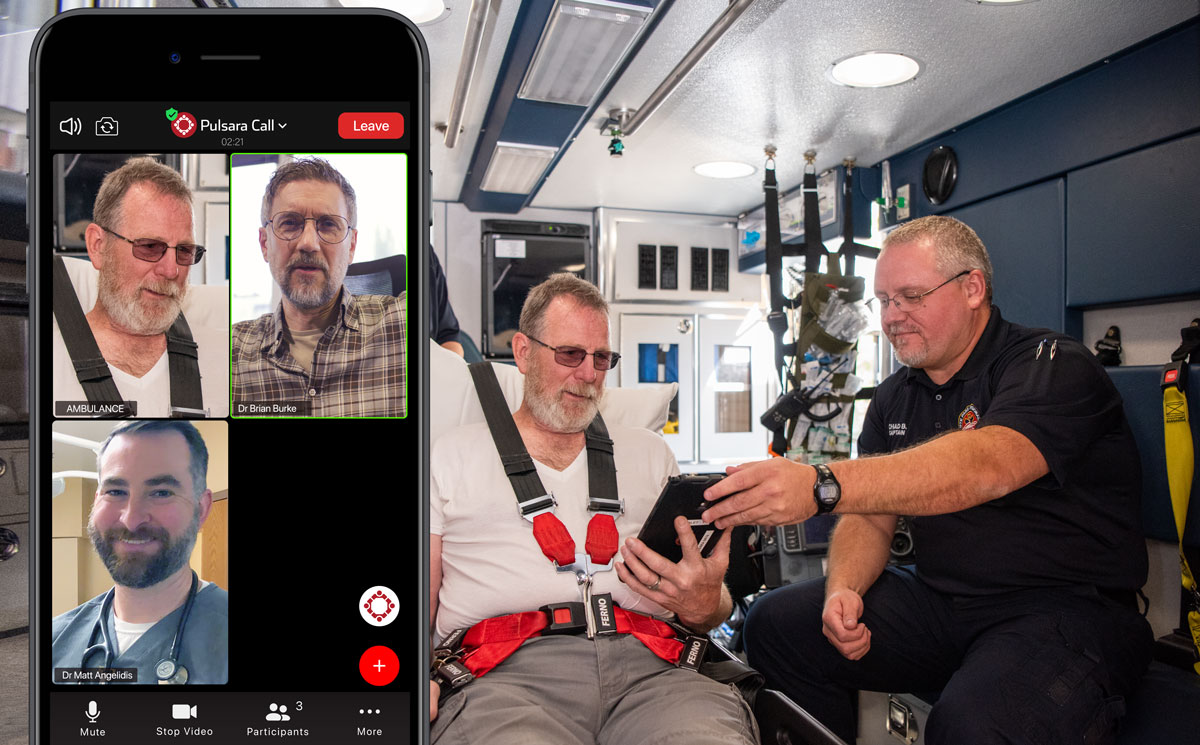
April Recap With 15 events under our belt, April was the busiest trade show month for our team...possibly ever! If you didn't get the chance to...
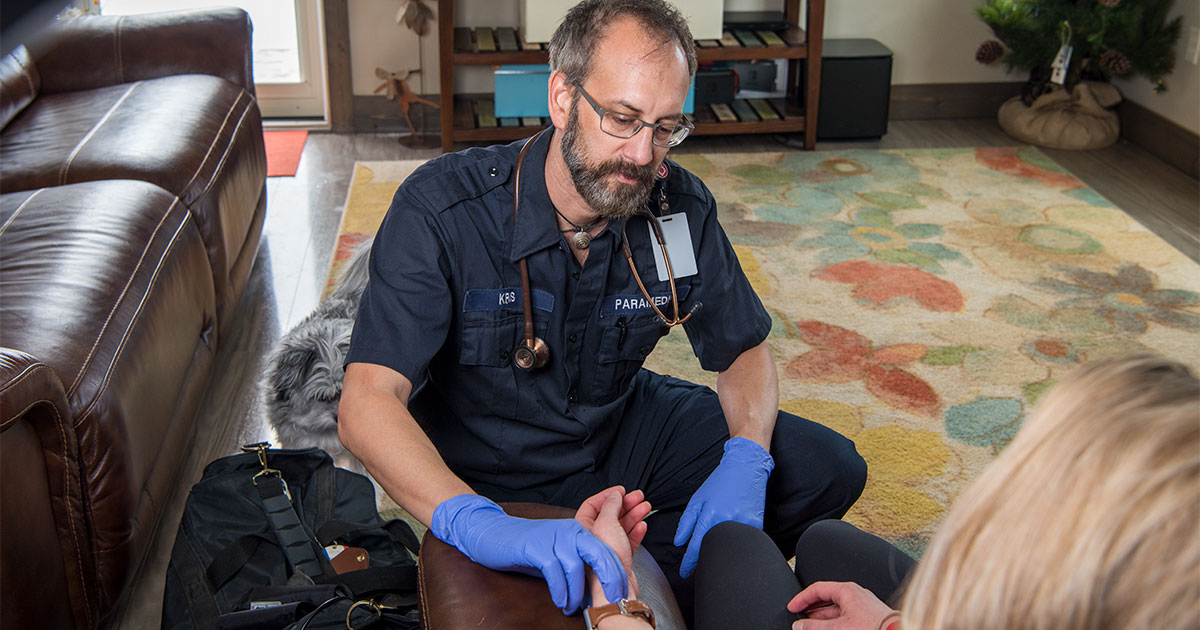
EDITOR'S NOTE: The following is an excerpt from an article by Larry Beresford, originally published on EMS World on April 3rd, 2024. Check out the...
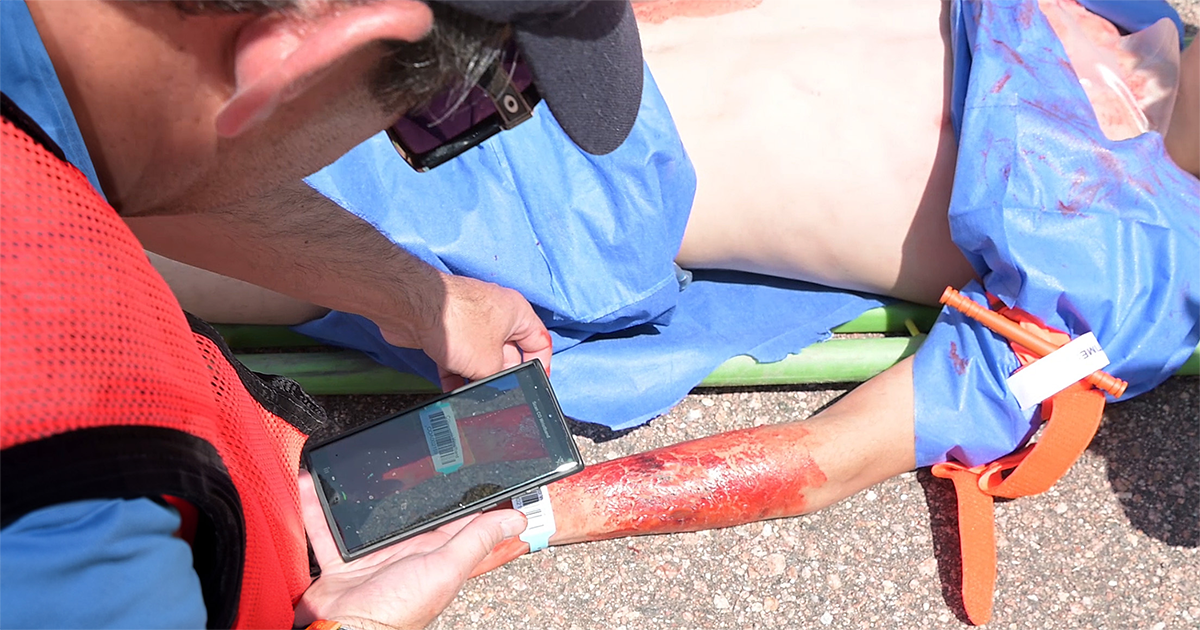
EDITOR'S NOTE: This article originally appeared on EMS1.com. Special thanks to our guest author, John Erich, for EMS1 BrandFocus Staff.__ No matter...